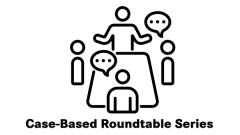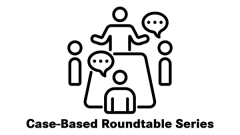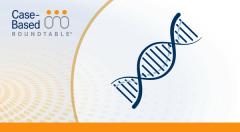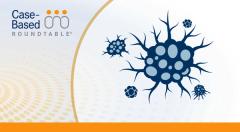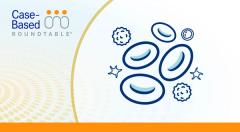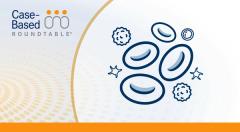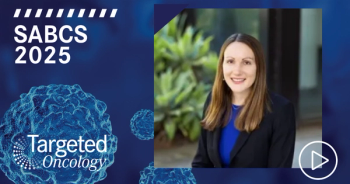
Multi-Stage Trial of Tagraxofusp Shows Frontline Efficacy in BPDCN
Andrew A. Lane, MD, PhD, discusses the study design of a phase 1/2 trial of tagraxofusp-erzs for patients with blastic plasmacytoid dendritic cell neoplasms.
Episodes in this series

Andrew A. Lane, MD, PhD, director of the Blastic Plasmacytoid Dendritic Cell Neoplasm Center at Dana-Farber Cancer Institute and associate professor of medicine at Harvard Medical School, discusses the study design of a phase 1/2 trial of tagraxofusp-erzs (Elzonris) for patients with blastic plasmacytoid dendritic cell neoplasms (BPDCN).
The phase 1/2 STML-401-0114 trial (NCT02113982) investigated the CD123-targeted cytotoxin tagraxofusp in patients with BPDCN, a rare myeloid malignancy. Multiple stages were used to assess the safety and efficacy of the drug. The first stage enrolled patients in a dose escalation cohort which determined the safety of a dose of 12 μg/kg once daily intravenously for days 1 through 5 of a 21-day-cycle.
This was followed by the pivotal stage that enrolled 47 patients with BPDCN, 32 of whom had no prior treatment and 15 of whom had been previously treated. The primary end point was the combined rate of complete response (CR) and clinical CR in treatment-naive patients, which was reached in 21 out of 32 patients (72%), leading to FDA approval.
This trial also included an expanded-access phase, Lane says. This stage presented results in July 2022, showing long-term safety and efficacy in 84 patients, 65 of whom were treatment naive. This included 19 first-line patients who had a CR or clinical CR and were then able to bridge to stem cell transplantation.
TRANSCRIPTION:
0:08 | Tagraxofusp, or Elzonris, or SL-401, was approved on the basis of a combined phase 1/2 trial, that by necessity, because of the rareness of the disease, was staged. The first stage of the trial enrolled patients in a dose-escalation safety goal to come to our go-ahead dose of 12 μg/kg per day for 5 days. That then was the dose that was tested in an expansion phase. And then we had a dedicated pivotal phase, which was to address the first-line treated patients for regulatory approval of the drug. Then that actually was even followed by an expanded-access phase. We reported in The New England Journal [of Medicine] a couple of years ago, a group of 47 patients, of which 32 were naive for treatment so first-line treated patients, and the rest were relapsed patients. And that formed the basis for the drug approval.



